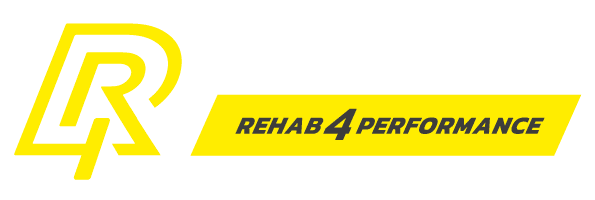The diagnosis of tendinopathy is usually made using clinical findings though specific imaging in the form of Ultrasound can also be utilised to assess the specific status of the tendon structure.
Local pain in a tendon in association and correlation with tendon loading activities is classed as “Tendinopathy”.
The exact pathophysiology of Patella Tendinopathy is constantly evolving as more evidence is published. What we do know is the structural changes within the tendon itself are multifactorial.
Pathology results in changes to the matrix of the tendon. There is an increase in the ground substance (aggrecan). The collagen within the tendon becomes disorganised and less able to withstand tensile forces, eventually this can lead to neovascularisation, nerve sprouting and calcification. The end result for the patient being a tendon which is both painful and unable to withstand the forces and demands placed upon it.
In recent years it has become recognised that all tendon pain is the same. Depending on the
stage of pathological changes the tendon can be described as “reactive tendinopathy” – this
often occurs in response to a sudden increase in load which the individual is unable to cope with. Over a prolonged period the tendon enters a phase of disrepair and eventually degenerative tendinopathy (resulting in the changes described above).
If dealt with quickly and appropriately a reactive tendon is usually fairly reversible in terms of the symptoms and structural changes associated with it.
As tendon pain and pathology becomes more chronic the interventions required to improve them become longer term and potentially more invasive – the key message here is to get tendon pain assessed early so an appropriate program can be commenced and the more significant pathological charges potentially avoided.
Most painful tendons have pathology; the length of time somebody has had pain is likely to result in the most significant pathological changes. The amount of pain is not necessarily an indicator of tissue changes as reactive tendons can be very painful if not addressed quickly.
HOW CAN WE HELP :
Accurate diagnosis to “stage” your tendon pain through a combination of assessment and imaging
Education regarding your condition and prognosis
Loading advice, this could be temporary cessation of pain provoking activities and a guided return to
getting you back to what you want to do
Specific physiotherapy and soft tissue therapy treatments
Shockwave Therapy (if indicated)
Referral for injection therapies if indicated (rare)
Referral to a surgeon if required (very rare)
A progressive quadriceps muscle strengthening program (set within a general lower body
conditioning program) which is individualised to the individual and their aims
Constant reassessment and measurement using appropriate technology / questionnaires.












